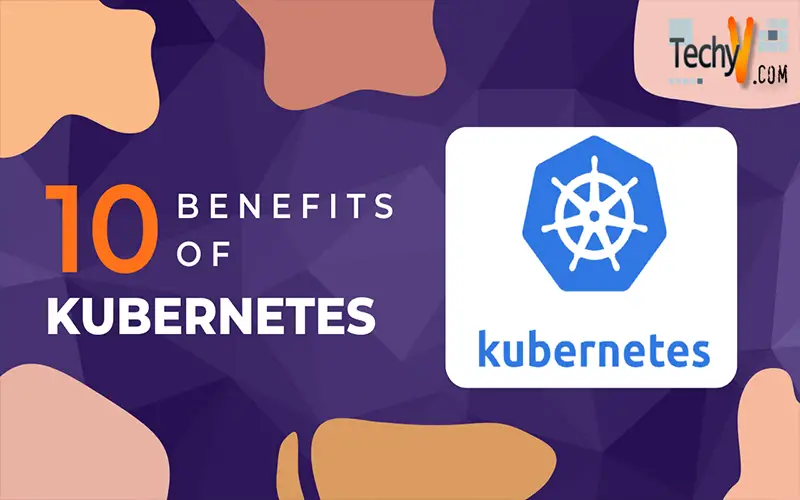Kubernetes is an open-source platform for scheduling, managing, and scaling containerized applications (microservices). The Kubernetes platform is about optimization, automating many previously manual DevOps processes, and simplifying software developer’s work. Kubernetes, the first Cloud Native Cloud Foundation (CNCF) project donated by Google, is the fastest-growing project in open-source software history after Linux. Because Kubernetes is becoming more popular among DevOps teams, businesses have a shorter learning curve when implementing the container orchestration platform. Here is the list of ten benefits of Kubernetes.
1. Portability
You can use Kubernetes to take advantage of the benefits of hybrid cloud computing, which combines the advantages of public and private clouds. By adjusting the workload, you can toggle between the two as needed. It ensures flexible capacity growth without requiring significant investments in time, energy, and infrastructure. However, the main point is to migrate workloads from one cloud to another or when business requirements change.
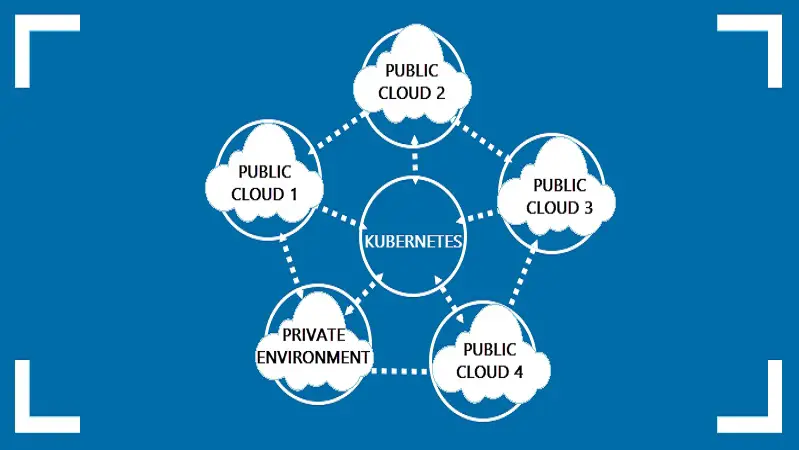
2. Container Orchestration Savings
Companies of all sizes- large and small that use Kubernetes services save money on ecosystem management and automated manual processes. Kubernetes automatically provisioned and fitted containers into nodes to maximize resource utilization. Some public cloud platforms charge a management fee for each cluster, running fewer clusters means fewer API servers and other redundancies, which helps reduce costs.

3. Multi-Cloud Capability
Kubernetes, because of its portability, can host workloads that run on a single cloud and workloads that run across multiple clouds. Additionally, Kubernetes environment is easily scalable from one cloud to another. These characteristics indicate that Kubernetes is well suited to the multi-cloud strategies businesses are pursuing today. Although other orchestrators may support multi-cloud infrastructures, Kubernetes goes above and beyond.

4. Free Cloud Solution
Kubernetes “free” nature is preserved when we migrate to the cloud. Most public vendors provide us with the Kubernetes service for free, charging only for the resources we use. That is both ethical and practical.
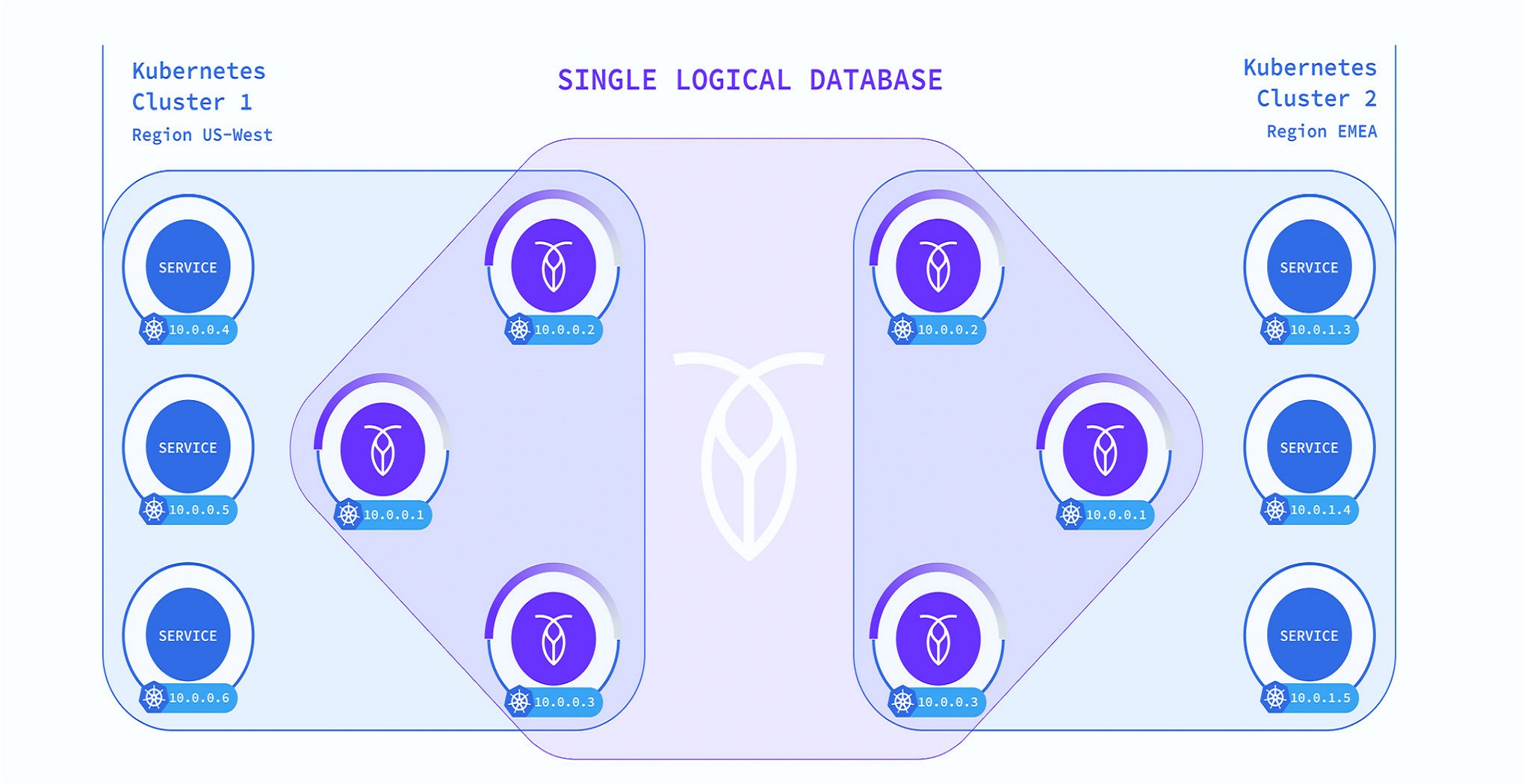
5. Saves Time And Effort
The main idea behind using containers is to save IT, teams, and time by writing extensive code and allowing them to create a bundle for your application and its dependencies to deploy them in the environment. You don’t have to worry about the underlying platform with Kubernetes because it supports all platforms for code deployment. Software deployment files are included in a container to avoid overhead time.
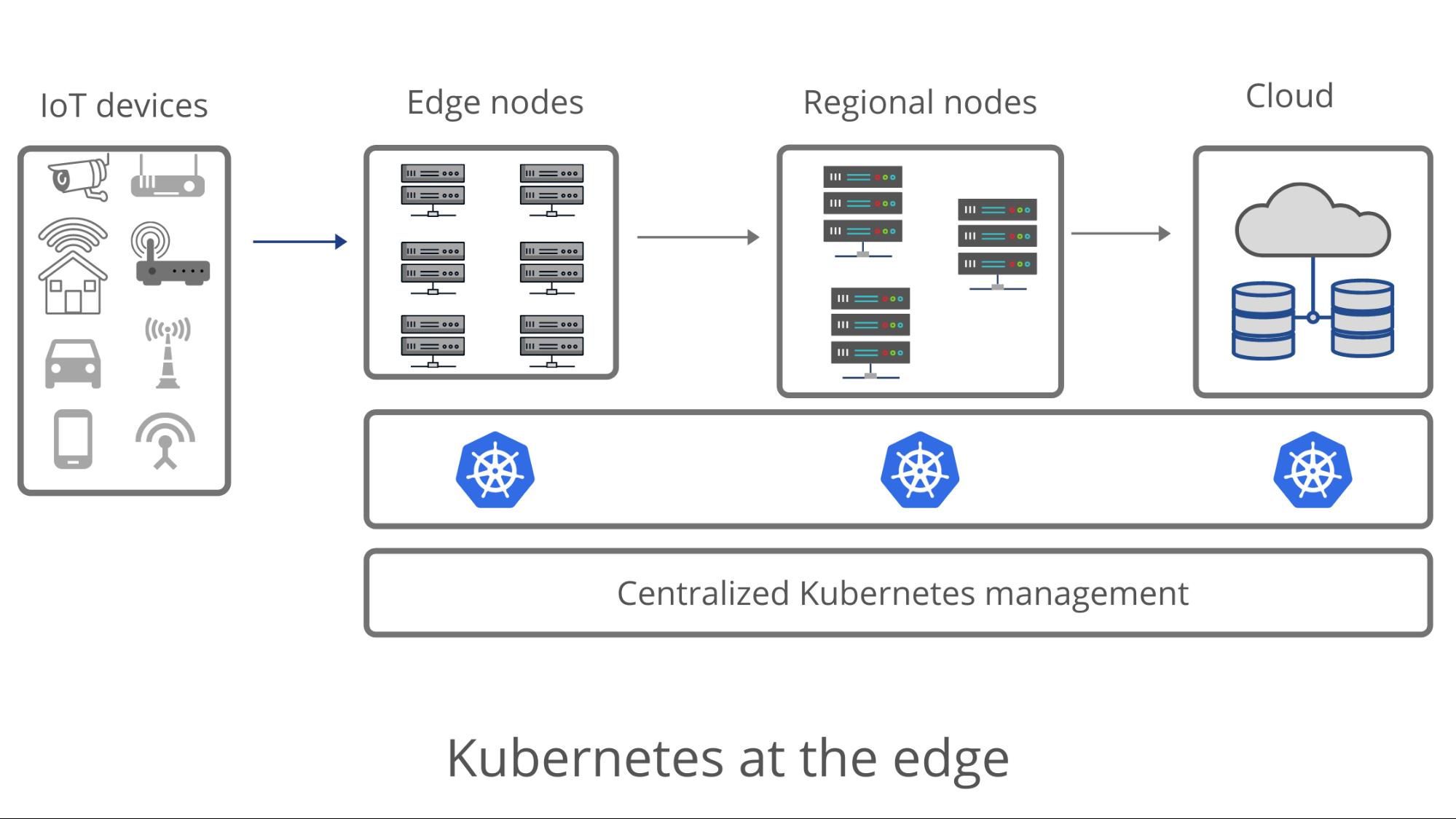
6. Increase DevOps efficiency for microservices architecture
The earlier developers deploy Kubernetes during the development lifecycle, the sooner they can test code and avoid costly mistakes. Apps that use microservices communicate via APIs between different functional units. As a result, development teams can be divided into smaller groups, each focusing on a single feature, and IT teams can work more efficiently.
Namespaces, a method of creating multiple virtual sub-clusters within the same physical Kubernetes cluster, improve cluster efficiency by providing access control.
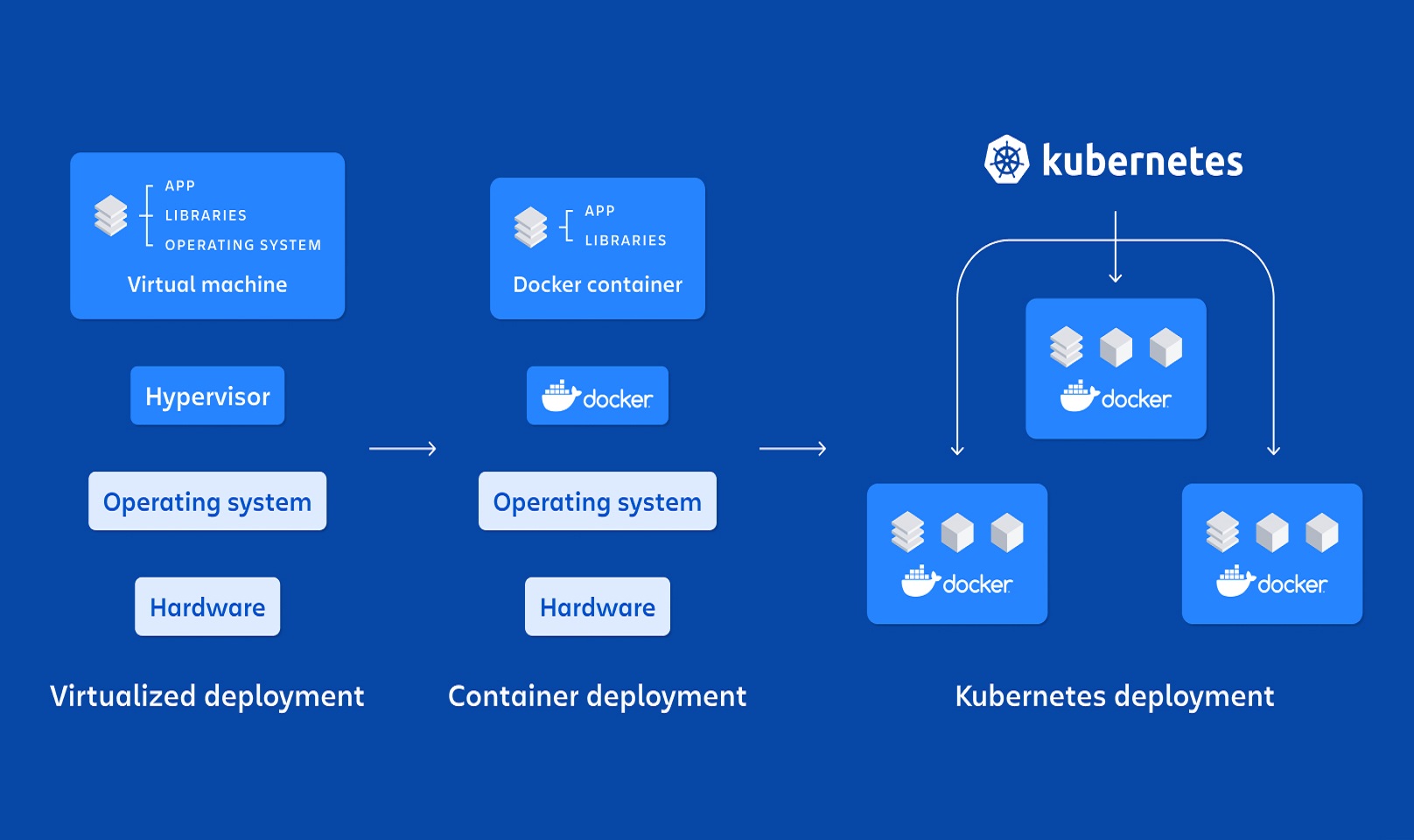
7. Open Source
Kubernetes is an open-source, community-driven project managed by the CNCF. It has several major corporate sponsors, but no single company “owns” it or has sole control over how the platform evolves. To many businesses, Kubernetes open-source strategy makes it preferable to orchestrators that are either closed-source (such as those built into public clouds) or open-source but closely associated with only one company (like Docker Swarm).
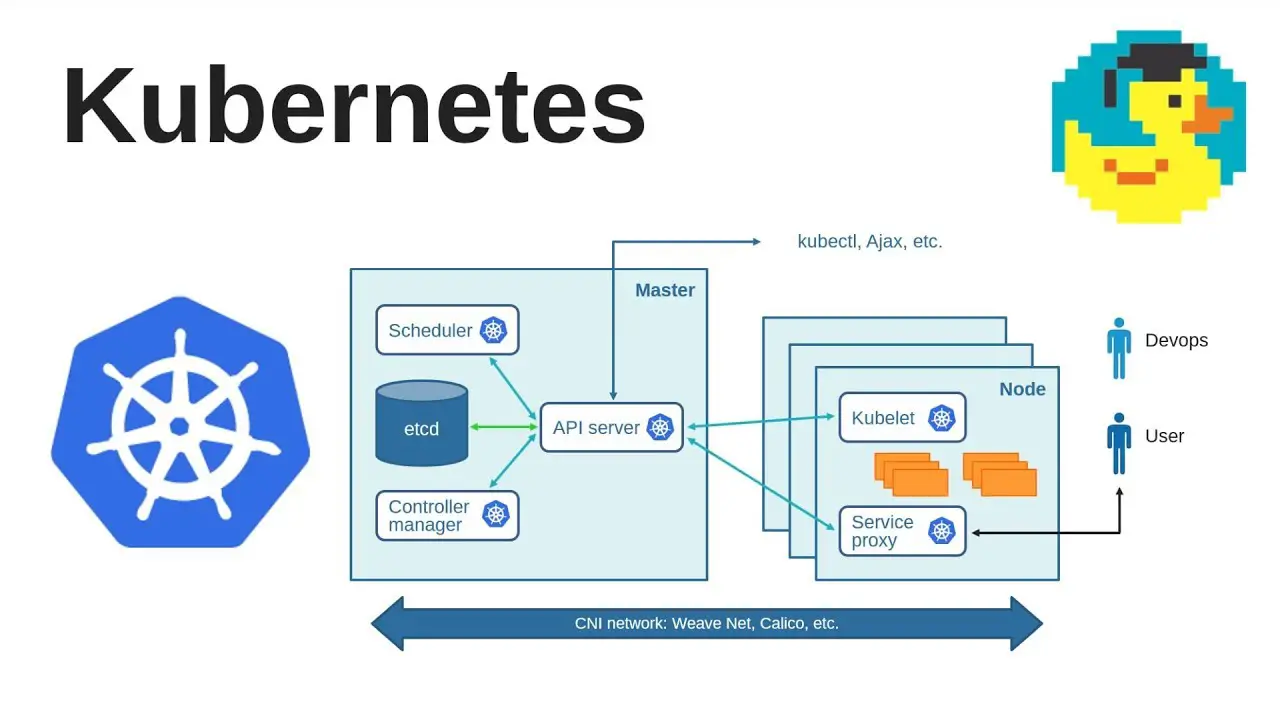
8. The Same Solution For All Problems
Kubernetes enables you to manage all your projects. It impacts the skill set you need to develop within your organization. Everything is simple when you work in a tech company that only manages one product. You define the stack, learn it, and you’re re good to go.
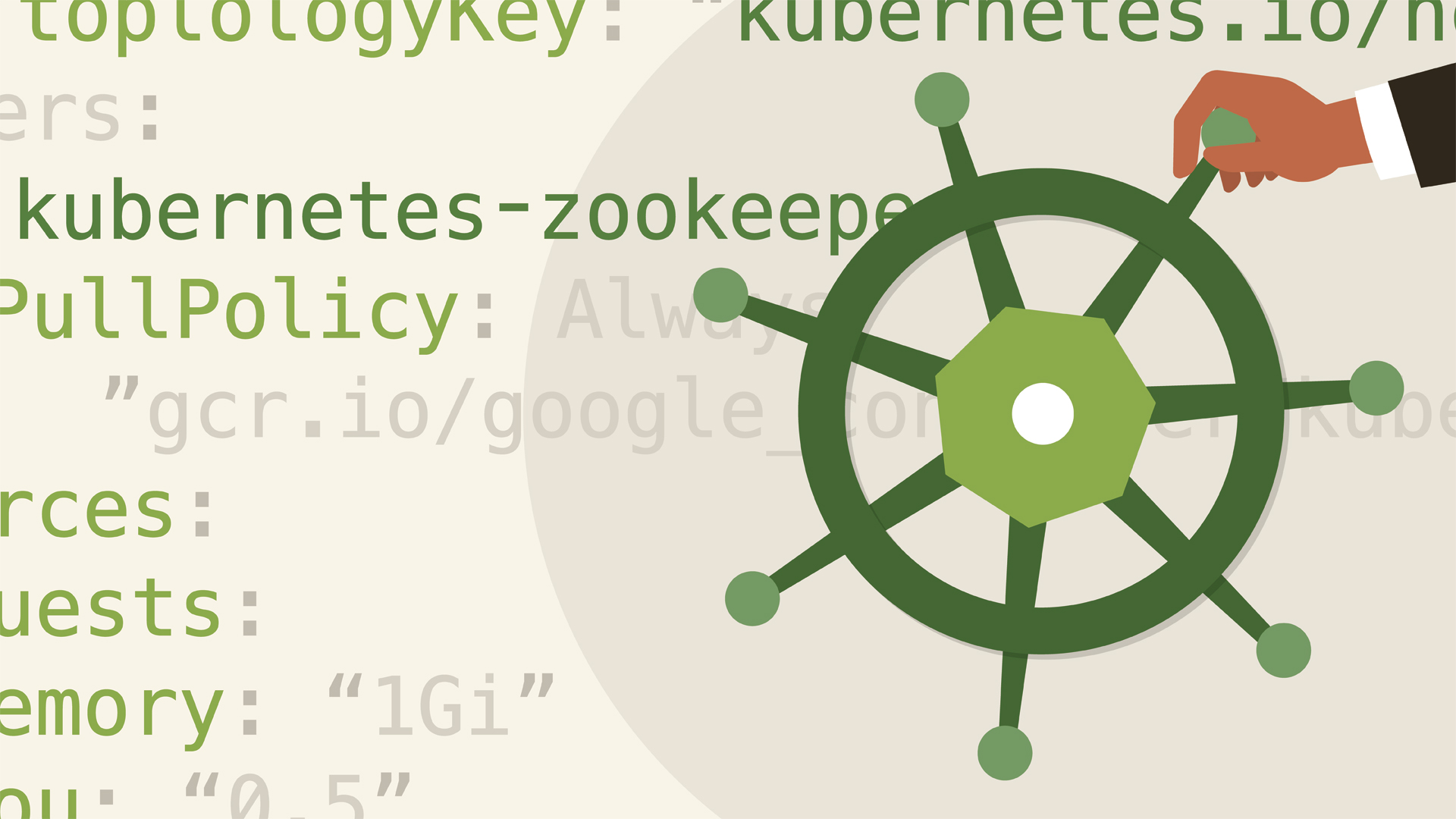
9. Security
The traditional method allows you to deploy multiple applications within the same operating system instance, which is a common practice. Software dependencies are updated whenever you update or upgrade your operating system to address stability and security issues. Multiple software changes at once may cause stability and security issues. A change to such settings may affect the operation of many applications on the server, or it may cause critical endpoints to crash your application.
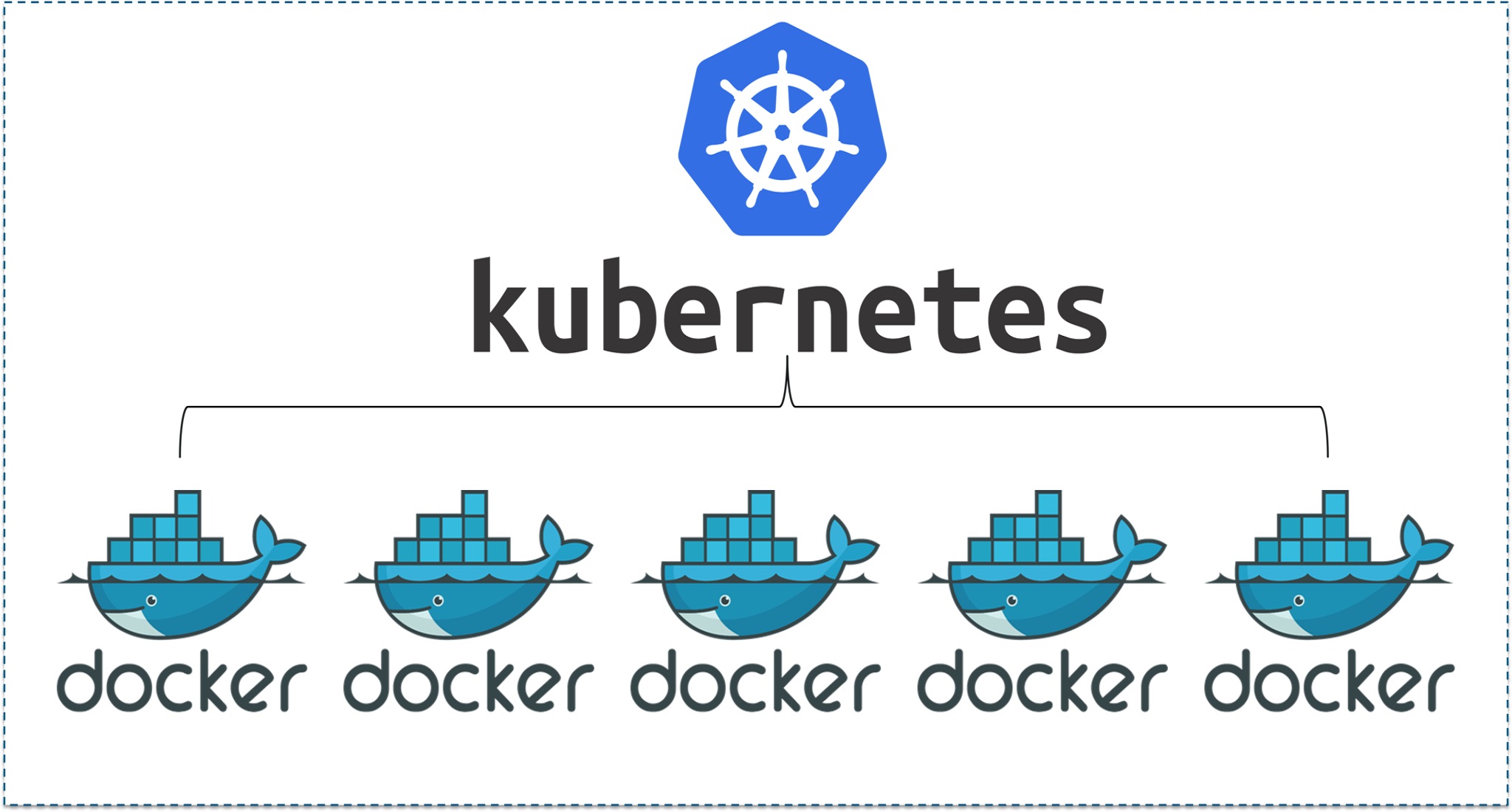
10. Automation Of Deployment And Scalability
Kubernetes manages andautomates container deployment across multiple compute nodes, whether in the public cloud, on-premises virtual machines, or physical machines. Its automatic scaling allows teams to scale up or down to fulfill the demand. Autoscaling creates new containers in response to heavy loads or spikes, whether caused by CPU usage, memory thresholds, or custom metrics — for example when an online event begins, there is an unexpected increase in requests.




